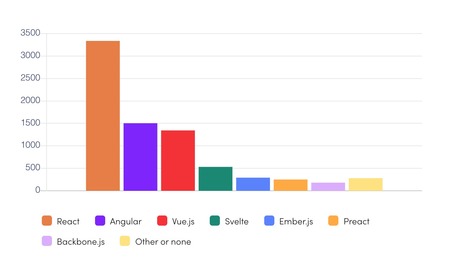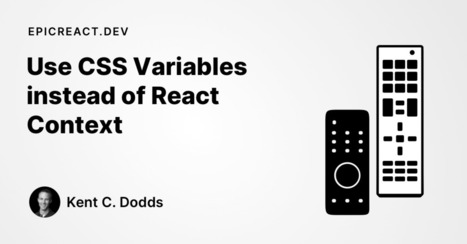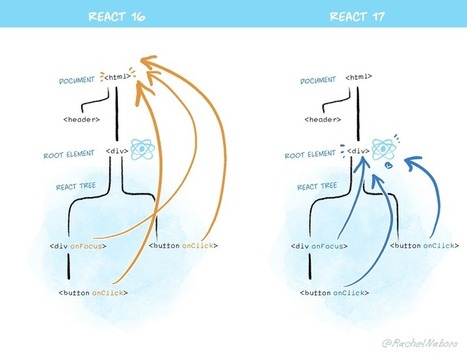Internally, React uses several clever techniques to minimize the number of costly DOM operations required to update the UI. For many applications, using React will lead to a fast user interface without doing much work to specifically optimize for performance. Nevertheless, there are several ways you can speed up your React application
Research and publish the best content.
Get Started for FREE
Sign up with Facebook Sign up with X
I don't have a Facebook or a X account
Already have an account: Login
Ressources about React, Typescript, and awesome JavaScript libraries that help us every day. https://www.linkedin.com/in/williamdelmas/
Curated by
William delmas
 Your new post is loading... Your new post is loading...
 Your new post is loading... Your new post is loading...
strykb's curator insight,
May 27, 2021 12:15 PM
Pod tym linkiem znajduje się książka "State of Frontend 2020", która została napisana na podstawie ankiet przeprowadzonych wśród dużej grupy Frontend Developerów. W ciekawy sposób za pomocą wykresów i krótkich opisów przedstawia ona odpowiedzi na najważniejsze pytania dotyczące przyszłości frontendu i nie tylko.
|
strykb's curator insight,
May 26, 2021 7:35 PM
Autor tego wpisu opowiada o tym jak dowiedział się o bibliotece React oraz dlaczego jest to ciekawa i ułatwiająca tworzenie stron internetowych technologia.
|






























